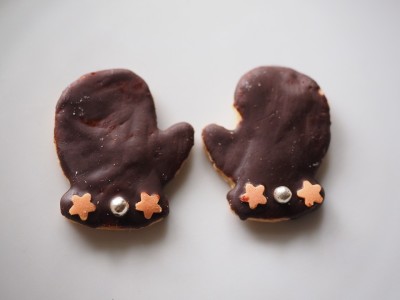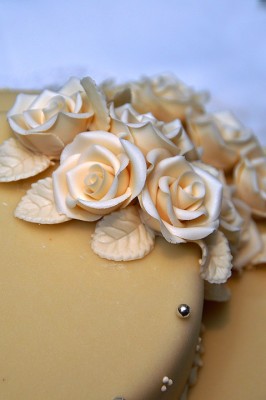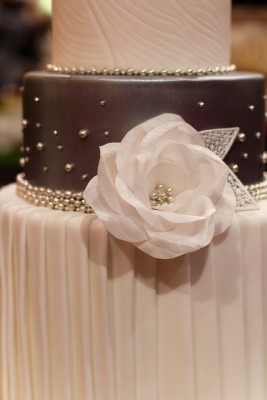
Beautiful cakes, cookies and other confections get extra magic from sprinkles, jimmies, and the like. However, the silver dragées that often highlight a snowflake or Christmas tree cookie are not considered edible by the US Food and Drug Administration.

The problem is the silver used to color the little balls. Silver is not meant to be ingested. So neither silver dragées nor silver Jordan almonds are advised to be eaten according to the FDA. Though they may appear on a cake or cookie, they are to be removed before eating.

Most silver dragées are made of sugar, corn starch, gelatin and silver. Silver Jordan almonds are generally coated with sugar, rice starch, maltodextrin, arabic gum, and silver.

So what happens if you eat silver dragées? Probably not much. The most likely side-effect would be a condition, argyria, in which the skin and/or eyes permanently turn blue-gray. It would likely take more than a cookie or slice of cake to make that happen. However, those folks with an allergy to silver should avoid both the silver dragées and silver Jordan almonds.

Should we be concerned with eating those little silver balls? Maybe. I wouldn’t let kids eat them, just because I am one of those better-safe-than-sorry kind of girls. But if one or two makes it’s way down my throat, I won’t loose sleep over it.

All I can wonder is what will we do to decorate sweets served at silver wedding anniversaries, silver jubilees, and silver colored weddings?
To read the full FDA policy, click here.

